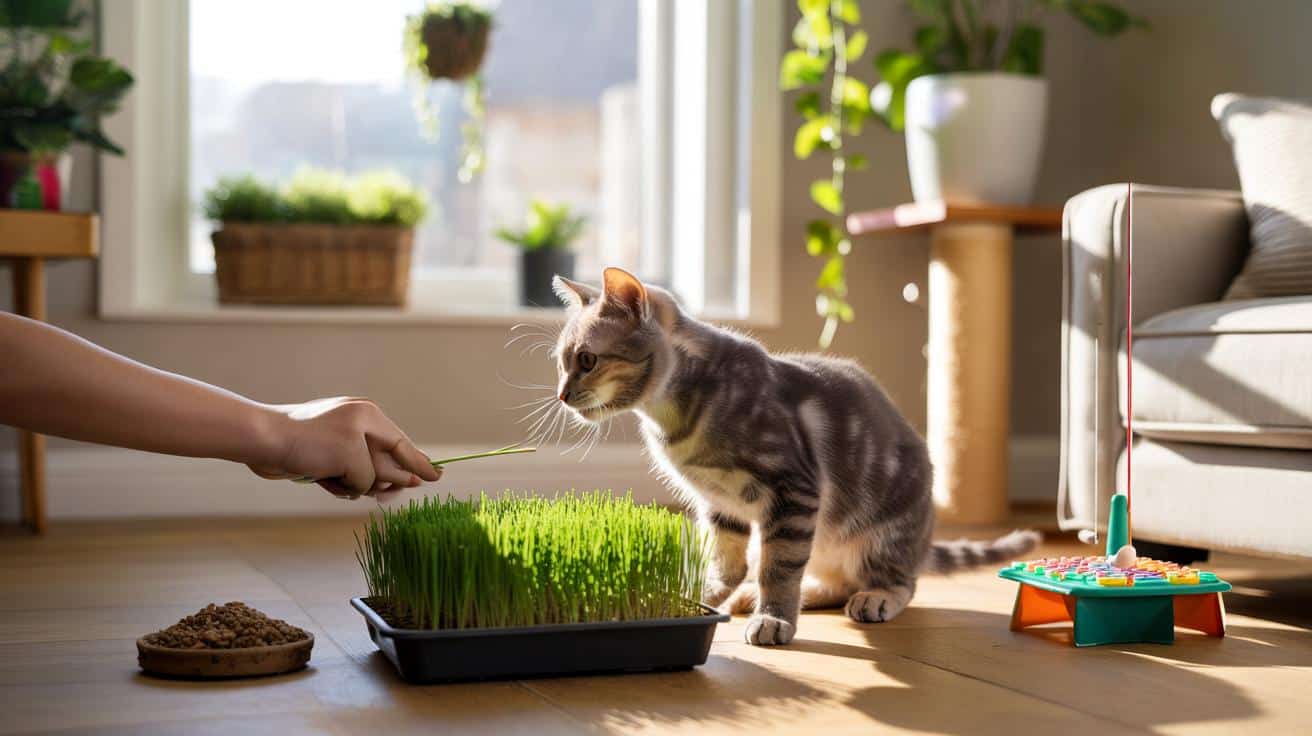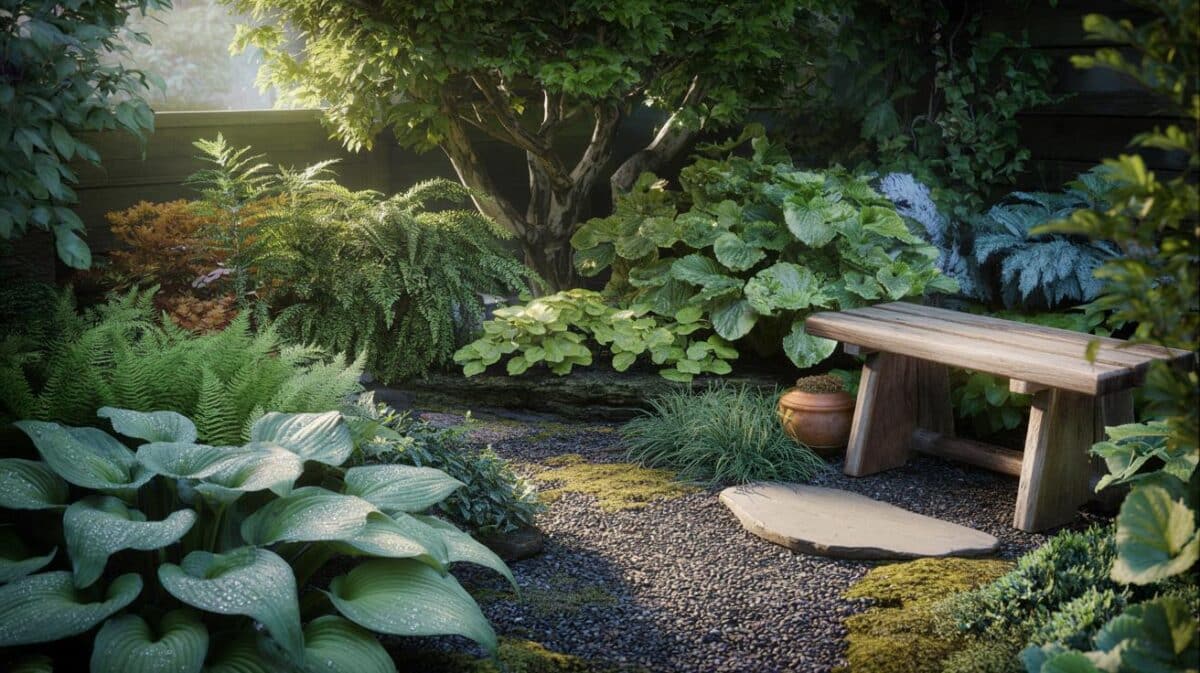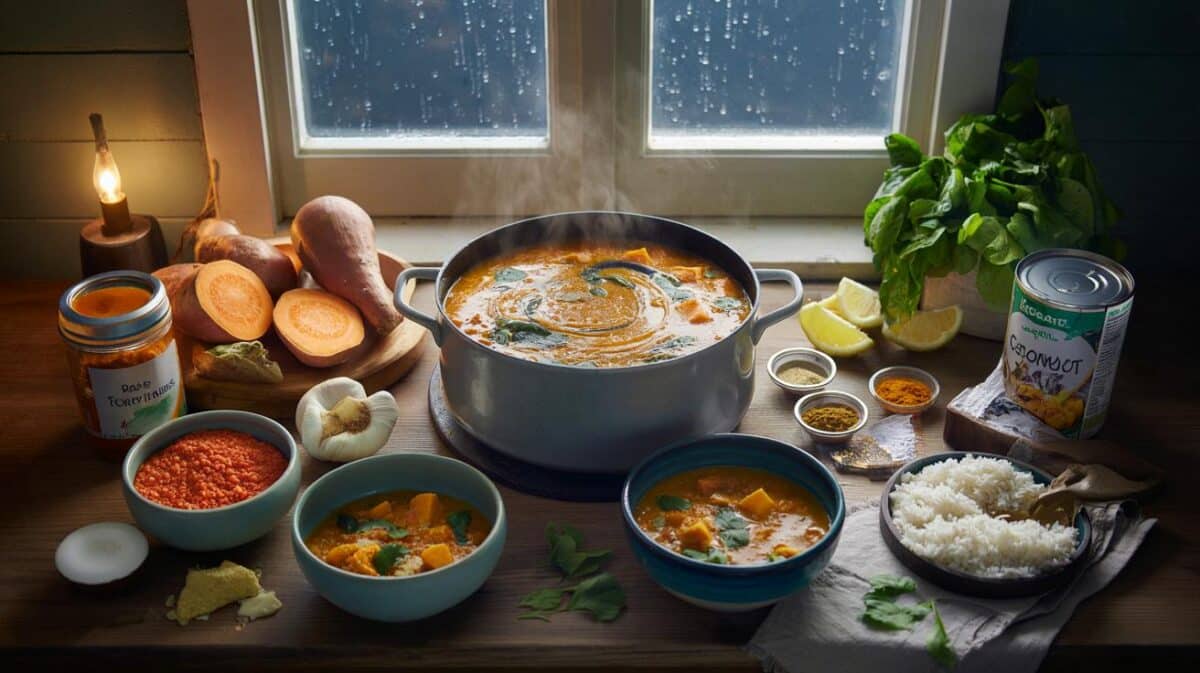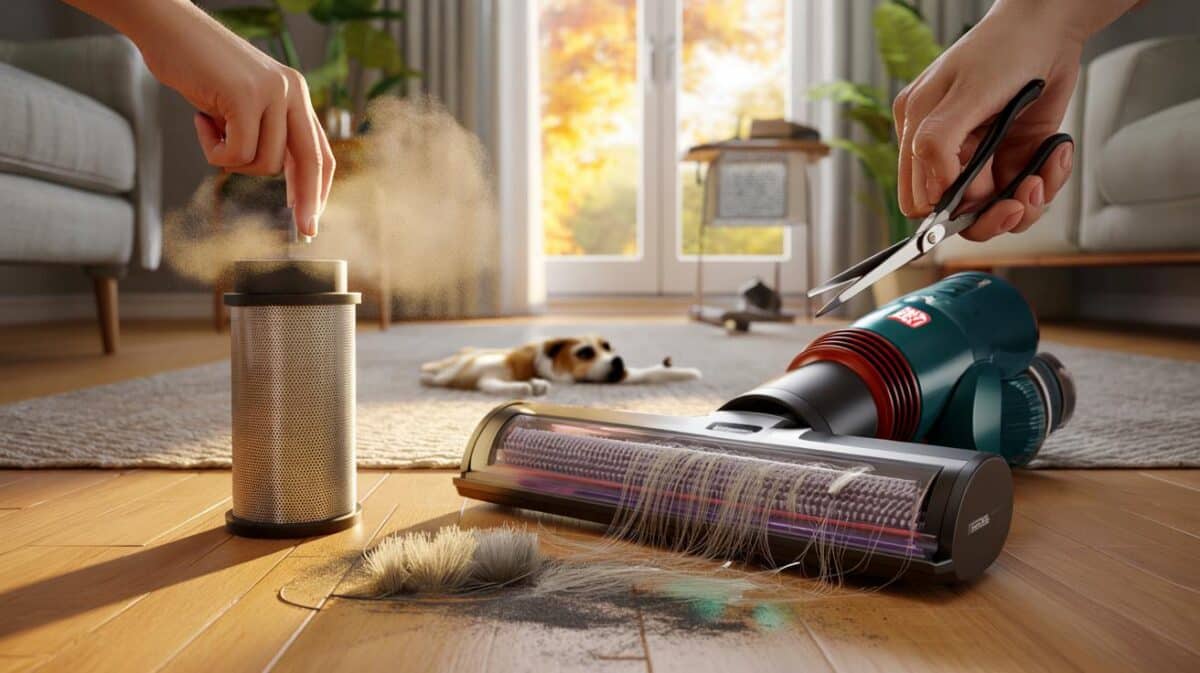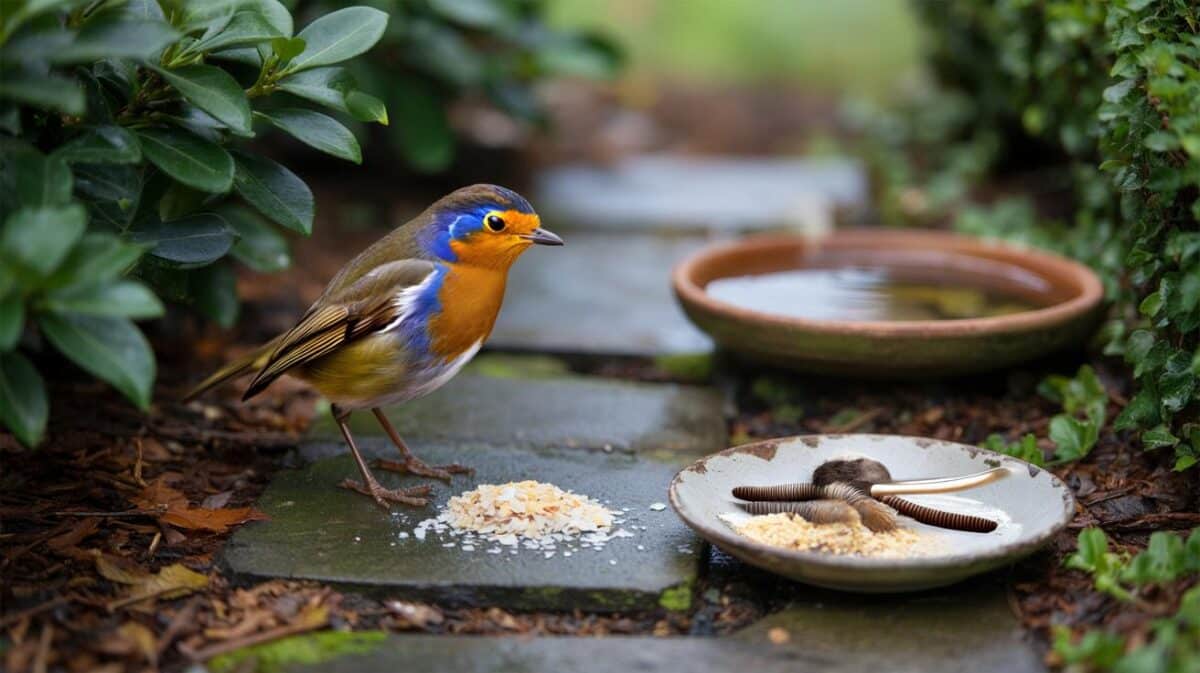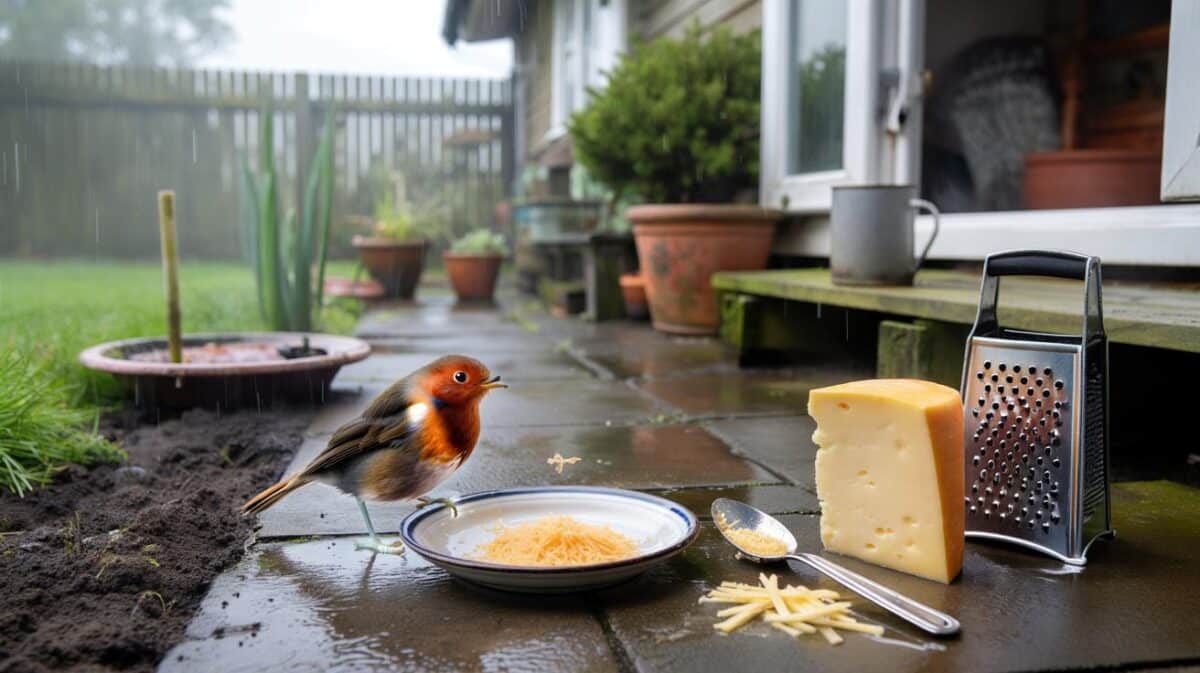Your indoor oasis now doubles as a buffet you never planned.
Across Britain, millions share a living room with a cat and a shelf of plants. That cosy pairing can collide fast when curiosity meets chlorophyll. You can keep the greenery and protect your companion. You just need the right swaps, smart placement, and a routine that channels feline energy into safer chewing and better play.
Why cats target your indoor greenery
Cats chew plants for several reasons. Curiosity drives them towards new textures. Boredom pushes them to make their own games. Moving leaves mimic prey and trigger pounces. Rough foliage helps shift hairballs and can nudge sluggish digestion. Pots also sit at “cat height”, which invites a taste test after a nap.
Boredom fuels plant raids. Ten minutes of hunting play, twice a day, cuts the urge to graze leaves.
Offer alternatives that scratch the same itch. Give fibre they can nibble. Provide movement they can chase. Make safe greens easier to reach than your prized monstera.
The risks lurking in popular plants
Not all houseplants play nicely with cats. Several favourites contain irritants or toxins that can cause drooling, vomiting, diarrhoea or worse. Keep risky species out of reach and act fast if your cat shows signs of poisoning.
Lilies are dangerous to cats. Even small exposures may harm kidneys. Keep lilies out of the house.
- Warning signs: drooling, vomiting, pawing at the mouth, dilated pupils, wobbliness, tremors, lethargy, refusal to eat.
- What to do: remove plant access, rinse the mouth with water on a cloth, keep a sample of the plant, call your vet for advice.
| Common indoor plant | Risk to cats | Notes |
|---|---|---|
| Peace lily (Spathiphyllum) | High | Crystals can irritate mouth and gut; keep away. |
| Devil’s ivy (Pothos/Epipremnum) | High | Causes drooling and vomiting if chewed. |
| Philodendron | High | Irritant sap; suspend or place in closed cabinets. |
| Dieffenbachia (dumb cane) | High | Strong irritant; not suitable in cat zones. |
| Lilies (Lilium, Hemerocallis) | Severe | Avoid entirely in homes with cats. |
| Spider plant (Chlorophytum) | Low | Non-toxic but encourages munching; still best raised up. |
| Cat grass mixes (wheat, oat, barley, rye) | Safe | Good fibre; sow and rotate regularly. |
| Catnip (Nepeta cataria) | Safe | Stimulating scent; edible leaves. |
| Herbs: basil, rosemary, thyme | Generally safe | Offer small amounts; avoid strong essential oils. |
Seven safe swaps that beat the ficus
Make the safe choice the easy choice. Place chewable greens where your cat actually spends time. Keep toxic plants higher than a standing reach plus a jump.
- A wide tray of cat grass (£3–£6): set by the sunny nap spot your cat already owns.
- A pot of fresh catnip (£4–£7): rotate with dried catnip toys to keep novelty high.
- Barley microgreens (£2 of seed): cut-and-come-again trays perk up fast after nibbling.
- A window box planted for cats (£12 starter kit): coir liner, seed mix, saucer; this is the £12 fix from the headline.
- Hanging baskets for risky plants (£6–£15): raise danger plants, lower safe foliage.
- A puzzle feeder with herb scent (£8–£12): channels foraging urges away from leaves.
- A cardboard “graze bar” (free to £2): shallow box packed with soil and seeds; swap weekly.
Place safe greens where the whiskers are. If your cat naps by the window, your grass tray goes there.
Set up a mini cat garden in nine days
Day 1: sow
Fill a shallow tray with peat‑free compost. Scatter a dense layer of wheat, oat, barley or rye seeds. Cover lightly. Water until damp, not soggy. Park the tray in bright light off the floor.
Day 3–4: sprout
Green shoots appear. Rotate the tray to keep growth even. Keep soil barely moist. Keep it where your cat can sniff but not yet chew.
Day 6–7: first nibble
Offer the tray at your cat’s level for five minutes. Praise calm interest. Remove after the session. Repeat twice daily to build anticipation.
Day 9: full access
Leave the tray out during waking hours. Place a second tray to start a rotation. Sow a fresh batch every 7–10 days for continuous supply.
Train, don’t scold
Redirect with timing
Catch the approach, not the bite. Say your cue word. Slide the safe tray in front of the target plant. Reward when your cat switches. Repeat the pattern until the cue predicts a treat.
Make plants less tempting
Stabilise wobbly pots. Hide soil with decorative pebbles to stop digging. Use plant shelves with doors for risky species. Avoid strong citrus oils and essential-oil diffusers around cats.
Meet daily needs
- Two short play hunts with a wand toy, morning and evening.
- Small meals in puzzle feeders to stretch foraging time.
- Vertical space: a tree or shelves near windows your cat already patrols.
- Scratching posts by sofas and near plant zones to redirect territory marking.
Where to put what
Risky plants belong in rooms with doors, on high shelves with no launch pad, or in hanging planters out of leap lines. Safe greens should sit near naps, sunbeams and people seats. Cats choose routes they already use; position choices along those routes.
Map one jump ahead. If a chair makes a plant reachable, the plant sits on the floor in cat logic.
Costs, time and what you’ll gain
Budget roughly £12 for a starter tray, seeds and a saucer. Add £6–£15 per hanging planter if you raise toxic plants. Set aside 20 minutes a day for play, feeding puzzles and garden care. In return, you protect £50–£200 worth of houseplants, reduce vet risks, and give your cat a richer routine.
Extra help for tricky chewers
Some cats chase texture more than flavour. Offer chewy substitutes: rolled cardboard mats, dried root chews made for pets, and braided fabric strips. Rotate weekly to keep interest high. If stomach upsets persist, ask your vet about hairball management, diet fibre and any underlying issues.
Winter brings long evenings and closed windows. That raises cabin fever and plant raids. A simple rotation—fresh grass every 10 days, two play hunts daily, puzzle feeding at dusk—keeps brains busy and leaves untouched. Add a small herb pot for you, and your cat’s garden becomes a shared ritual you both enjoy.
